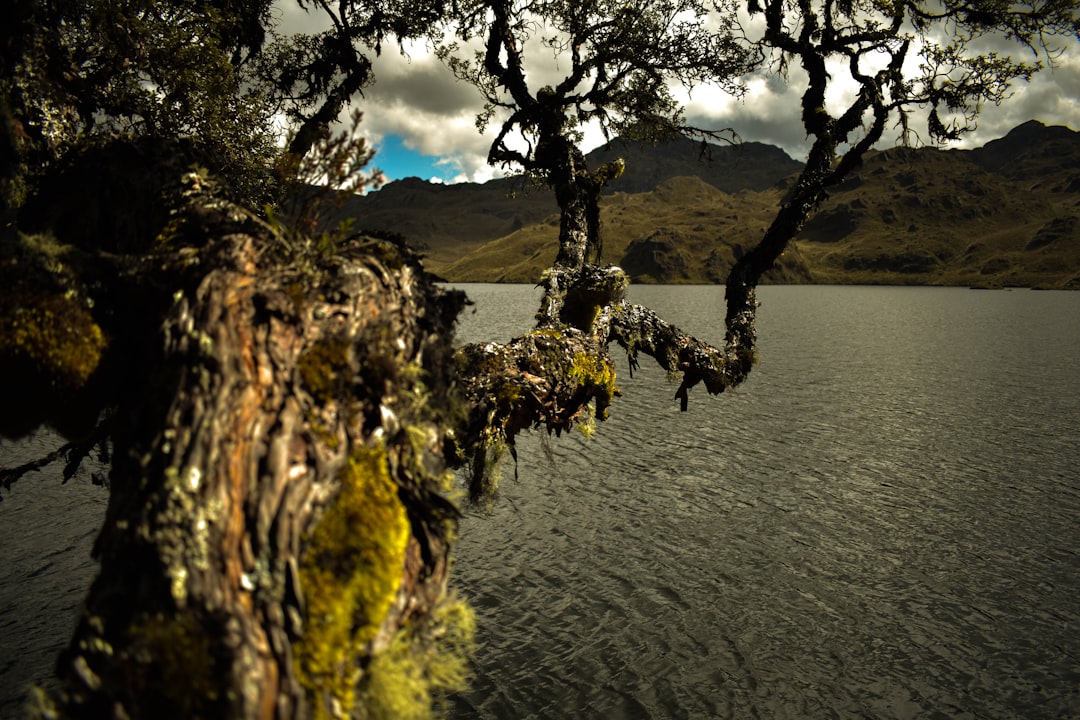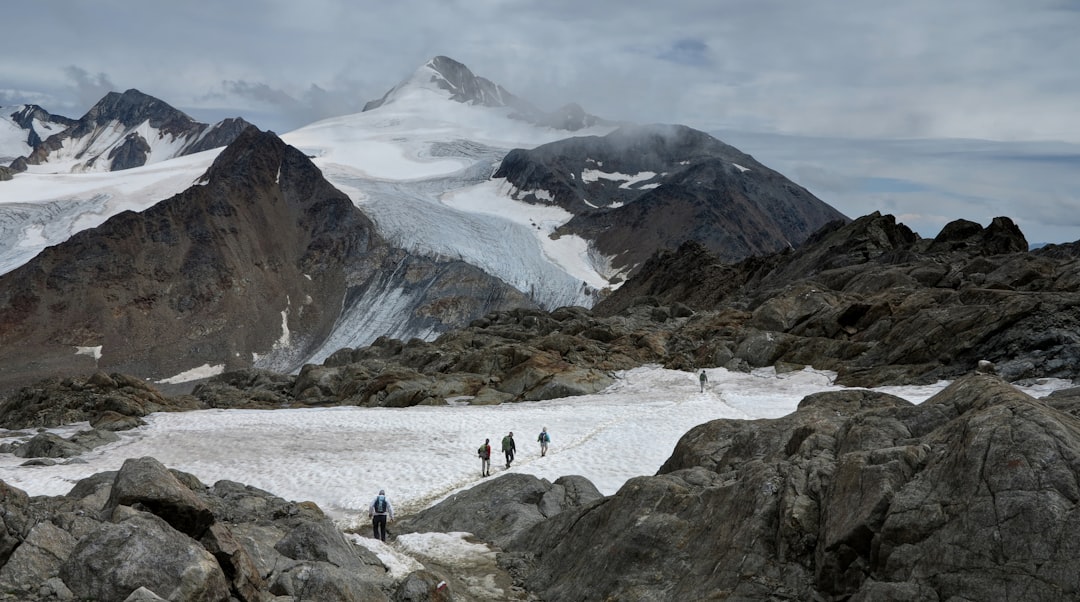What is it about?
Tropical deforestation tends to increase regional air temperatures but its impacts on rainfall are more complex. The conventional picture, based largely on studies over Amazonia, is that storm frequency can increase over small deforested areas, but is reduced when the landscape is predominantly deforested. This study examines Southern West Africa, a coastal region that has little remaining intact forest. Here, the ongoing patchy deforestation increases the frequency of afternoon storms locally. Deforestation appears especially effective at triggering storms near the coast, where temperature-sensitive sea breezes dominate, and rapidly urbanising populations are vulnerable to flood risk. Our results contrast with studies over inland Amazonia, where extensive deforestation reduces rainfall due to drying of the atmosphere. Instead in Southern West Africa, where the nearby ocean can maintain high humidity, we find that the dynamical response to deforestation (i.e. enhanced daytime breezes) drive increased storm frequency. Given that the majority of tropical deforestation occurs within 400 km of the coastline, these results are highly relevant for many tropical deforestation hotspots.
Featured Image

Photo by Maksim Shutov on Unsplash
Why is it important?
This is the first study examining how observational trends in storm frequency are affected by coastal deforestation. The ongoing increase in storms resulting from widespread deforestation contrasts with the decrease in rain following extensive deforestation in Amazonia. The key difference is the role of atmospheric circulations in coastal West Africa, notably the sea breeze, which brings moisture onto the continent. Also because deforestation has been significant in the coastal belt, where rapidly growing cities are particularly vulnerable to flash flooding, the increased storm frequency has significant impacts on the vulnerability of the population to climate.
Perspectives
We had no idea when we started this work that we would see such strong effects on storm frequency in the locations where the population is most at risk of flash flooding - i.e. coastal cities. Given the vulnerability of cities such as Freetown (Sierra Leone) to flash flood events, due for example to historically poor drainage networks and the development of informal settlements in flood-prone areas, this is quite concerning.
Chris Taylor
UK Centre for Ecology and Hydrology
Read the Original
This page is a summary of: “Late-stage” deforestation enhances storm trends in coastal West Africa, Proceedings of the National Academy of Sciences, January 2022, Proceedings of the National Academy of Sciences,
DOI: 10.1073/pnas.2109285119.
You can read the full text:
Contributors
The following have contributed to this page










